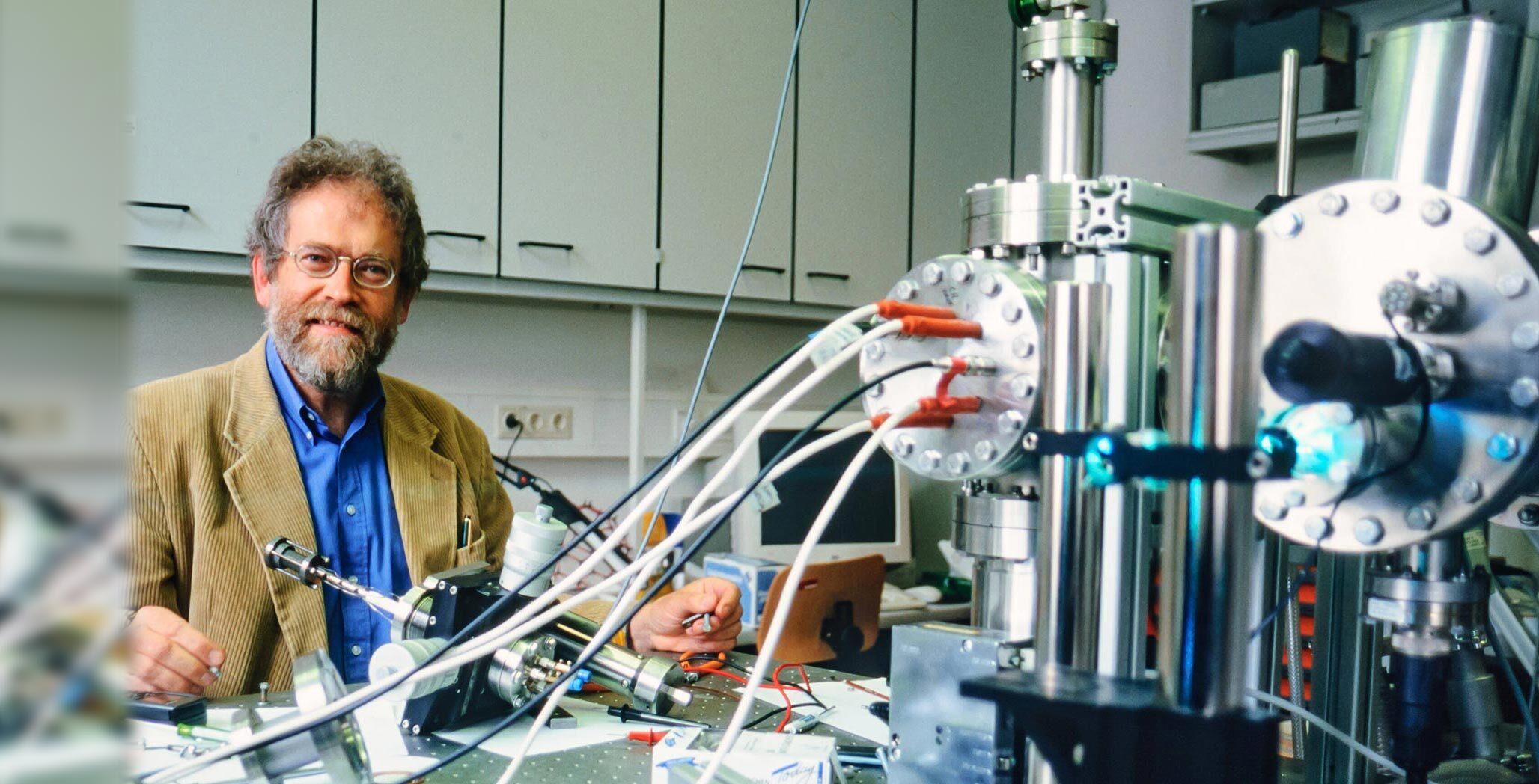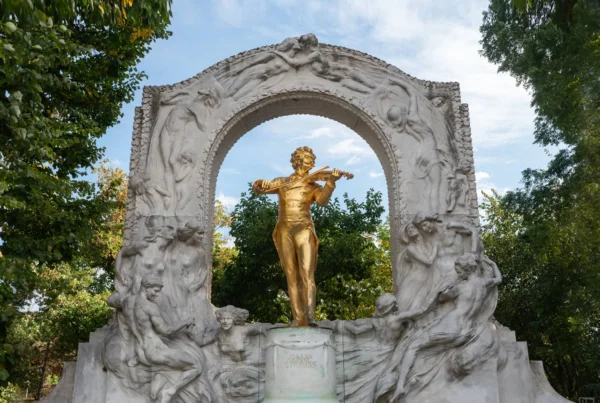Austrian physicist Anton Zeilinger shared the 2022 Nobel Prize in Physics with Alain Aspect of France and John Clauser of the US for ingenious experiments involving quantum entanglement. This Prize came 89 years after another Austrian, Erwin Schrödinger, who gave the name quantum entanglement to one of the most important and mysterious quantum phenomenon, received the Nobel Prize in Physics in 1933.
Frances Mautner Markhof, 10 October 2022
The 2022 Nobel Prize in Physics has been awarded to Austrian physicist Anton Zeilinger, who shared the prize with Alain Aspect of France and John Clauser of the US. This award was a recognition of outstanding achievements in experimental quantum physics and quantum entanglement. This Prize came 89 years after another Austrian, Erwin Schrödinger, who gave the name quantum entanglement to one of the most important and mysterious quantum phenomenon, received the Nobel Prize in Physics in 1933.
The experiments of Aspect, Clauser and Zeilinger with entangled photons proved that connections between entangled quantum particles were not due to local ‘hidden variables’, unknown factors that invisibly tie the two outcomes together. Instead, entanglement results form a genuine connection in which manipulating one quantum object affects another, regardless of their distance of separation.
In the 1960s, physicist John Bell proposed a mathematical test, known as Bell’s inequality, to distinguish between the two ideas: hidden variables vs a real effect being transmitted between the entangled particles. This test said that experimental results that seemed to be correlated beyond a particular value would be possible only through quantum entanglement, rather than being due to certain kinds of hidden variables. Quantum mechanics predicts a higher degree of correlation than would be possible in classical, or non-quantum, physics.
In 1972, Clauser and his colleagues developed these ideas into a practical experiment that violated the Bell inequality, supporting the theories of quantum mechanics.
In 1997, Zeilinger and his colleagues at the University of Innsbruck used the phenomenon of entanglement to demonstrate quantum teleportation, in which a quantum state gets transmitted from one location to another.
So what is quantum entanglement and why is it so important.
Quantum entanglement occurs when measuring the property of one particle in an entangled pair immediately affects the results of measurements on the other, regardless of how far apart they are. Entanglement is also the basis for quantum computers, which can perform calculations impossible on conventional computers. Quantum entanglement also provides the physical basis for a quantum internet, and for secure quantum encryption or quantum cryptography, which is virtually unbreakable.
Albert Einstein referred to quantum entanglement as „spooky action at a distance” and refused to accept that properties of one particle or system could be simultaneously transferred to another in an entangled pair. He saw this also as a violation of the law that no information can be transmitted faster than the speed of light. But, in fact, it is generally accepted that entanglement does not transfer information faster than the speed of light.
The latest experiments in quantum entanglement, building on the historic achievements of the three Nobel Prize winners, could help resolve one of the great open questions of physics today, namely, how to reconcile quantum mechanics with Einstein’s general theory of relativity, which would involve creating a quantum theory of gravity.
Serge Haroche, an experimental physicist at the Collège de France in Paris who shared the 2012 Nobel Prize in Physics, has said the quantum entanglement experiments and the applications of quantum entanglement are “…a wonderful example of the connection between basic science and application”, adding that this is another “… demonstration of the usefulness of ‘useless’ knowledge”.







